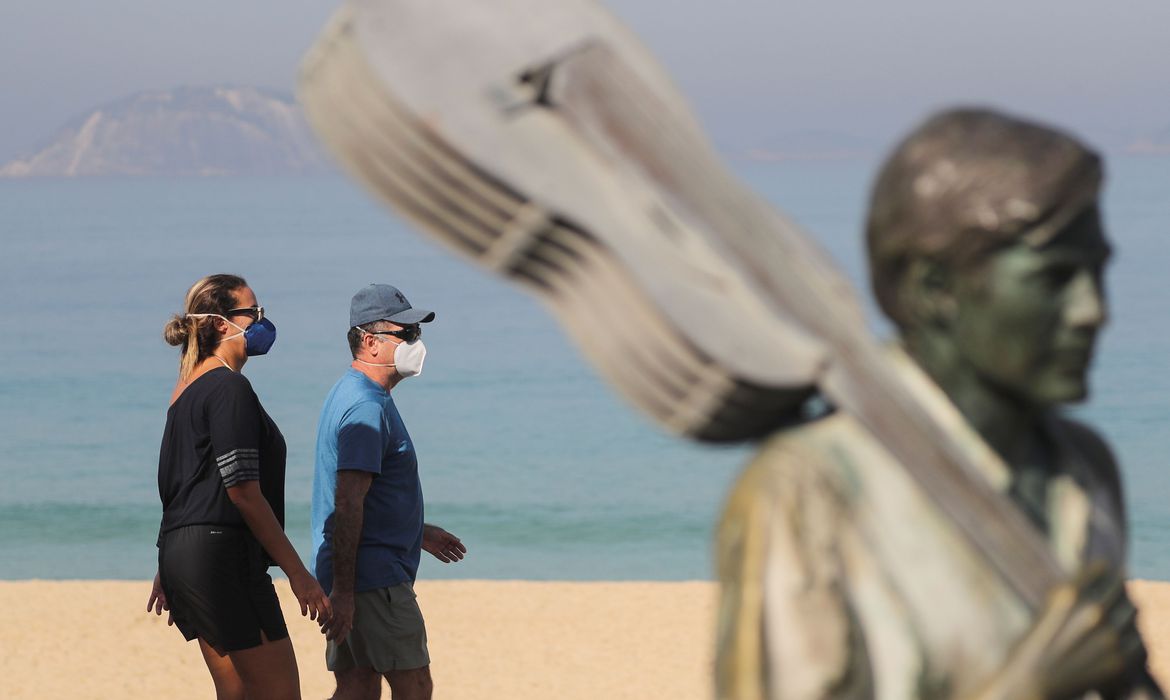RIO DE JANEIRO, BRAZIL – The spread of the Covid-19 pandemic is starting to slow down in the city of Rio de Janeiro and the Metropolitan Region, although it remains very high in other regions of the state, according to data from the Federal University of Rio de Janeiro (UFRJ) Covid Meter, which measures the rate of contamination by the disease in state regions.

The June 16th data, based on the number of patients who started having symptoms up to June 6th, show that the speed at which the disease spread stood at 1.03 in the capital, considered as moderate risk, and 1.35 for the state, considered as high risk.
The number shows how many other people, on average, each patient diagnosed with the novel coronavirus is infecting. In the preceding report dated June 8th, the capital’s rate stood at 1.72 and the state’s at 1.81.
The risk is considered very low when the rate is lower than 0.5 and low when it ranges between 0.5 and 0.9. The risk is moderate when it ranges between 0.9 and 1.2 and high when it ranges between 1.2 and 1.65. If it stands between 1.65 and 2, it is considered very high and there is a lockdown recommendation if the rate of transmission of the disease exceeds 2.
All state regions showed a rate above 2 in mid-May and the indicator reached 5.5 when social isolation was decreed in March. According to the UFRJ, social isolation was modest in the state, and at no time did it reach the ideal level of 70 percent needed to contain the pandemic.
All regions analyzed by the UFRJ showed improvement in the last report and only the Northwest of the state is currently above 2, with a rate of 2.07. The Northern Region remains at very high risk, with a rate of 1.91, and the Mountainous Region is at the upper limit of high risk, with 1.64.
With the gradual reopening of trade and other economic activities, Professor Guilherme Horta Travassos of Coppe/UFRJ estimates that the reflection on the number of Covid-19 cases will begin to occur five days after the increase in street flow.
In the last report released on Wednesday, June 17th, by the State Health Secretariat (SES), Rio de Janeiro state recorded a cumulative 8,138 deaths and 86,963 confirmed Covid-19 cases, in addition to 1,147 deaths still under investigation.
Source: Agência Brasil

